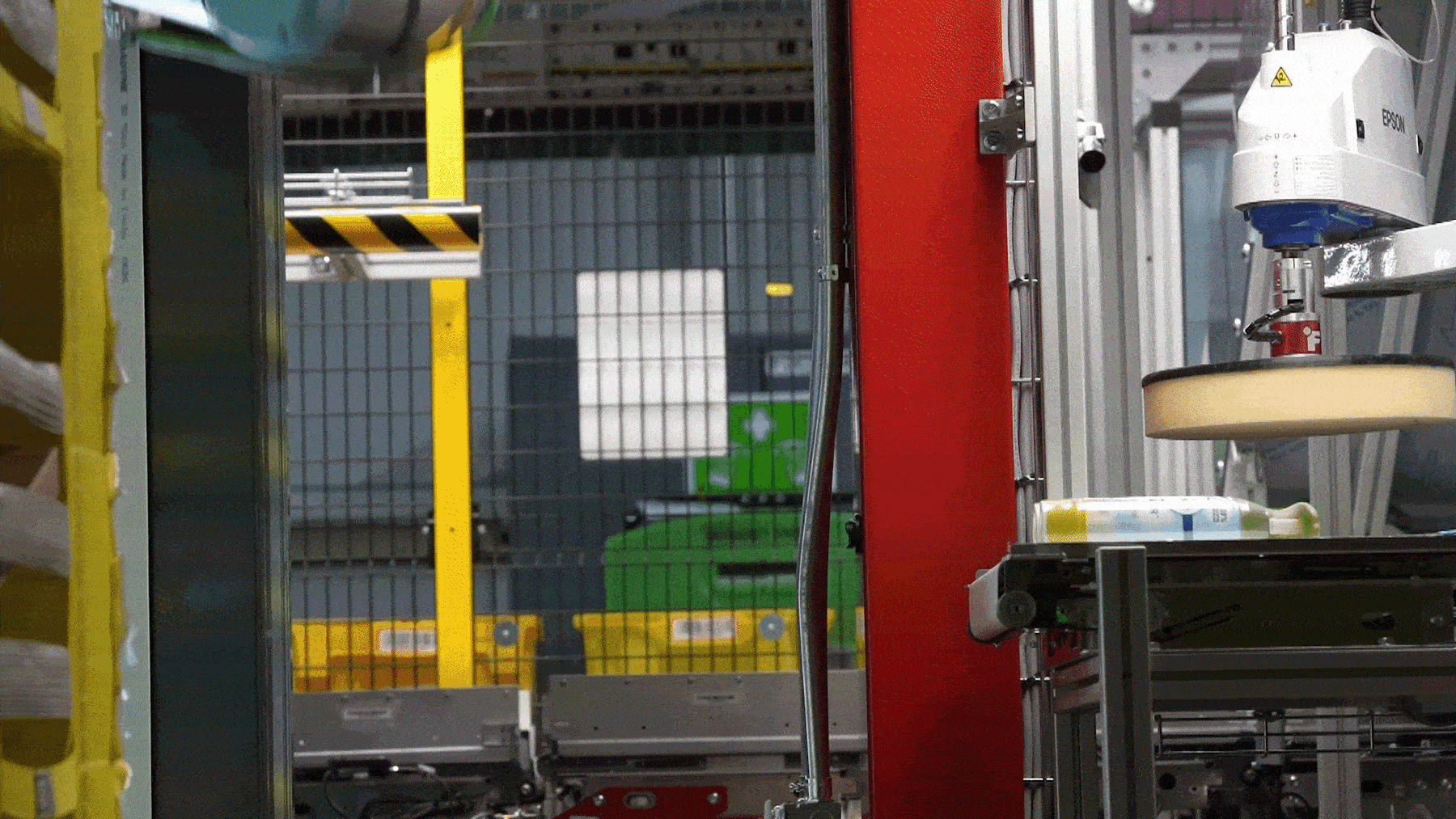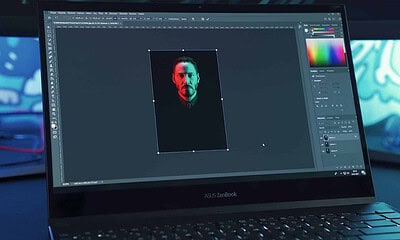AI
New Amazon warehouse robot has human touch without the human salary
With its ability to feel touch, pick and store items, and enhance warehouse ergonomics and safety, Vulcan is poised to transform operations and redefine roles in the workplace.

Just a heads up, if you buy something through our links, we may get a small share of the sale. It’s one of the ways we keep the lights on here. Click here for more.
In a move that could raise an eyebrow (or two) among warehouse workers everywhere, Amazon has introduced Vulcan, its latest AI-infused warehouse robot boasting the ability to ‘feel’ touch.
This futuristic robot is set to transform how goods are picked and stowed in Amazon’s sprawling warehouses, potentially changing the game for the e-commerce giant.
According to Amazon, Vulcan’s tactile capabilities enable it to handle a whopping three-quarters of the items stocked in its warehouses.
This means this touch-sensitive machine is smoothly taking over tasks that were once the domain of human workers. Say what now, Amazon?

“Vulcan represents a fundamental leap forward in robotics,” says Aaron Parness, Amazon’s director of applied science, in a press release.
While we can’t confirm if Vulcan is a fan of the ‘Live long and prosper’ hand gesture, it’s clear that this robot is here to go where no robot has gone before boldly.
Still not convinced, here’s a quick laundry list of all the cool things Amazon’s Vulcan is capable of:
- Sense of Touch: Unlike most robots, Vulcan has a sense of touch, allowing it to detect when and how it makes contact with objects.
- Pick and Stow Operations: Vulcan can pick up and store items efficiently, making associates’ jobs easier and operations more efficient.
- Dexterity and Precision: Vulcan can manipulate objects within crowded compartments using its advanced end-of-arm tooling and force feedback sensors.
- Avoids Damage: It can apply the right amount of force to avoid damaging items during handling.
- Camera and Suction Cup System: Uses a camera and suction cup to accurately pick items from storage pods while avoiding the co-extraction of non-target items.
- Item Recognition: Vulcan can identify when it can’t move a specific item and signals for human assistance.
- Ergonomic Improvements: It helps reduce the need for employees to use ladders by handling inventory in hard-to-reach areas, improving ergonomics and safety.
- Job Creation and Skill Development: Working with Vulcan has led to new job roles and skill development opportunities for employees.
- Learning and Adaptability: Vulcan learns from real-world interactions, enhancing its capabilities over time.
- Widespread Deployment Plans: Amazon plans to deploy Vulcan systems across various sites in Europe and the U.S., aiming to enhance efficiency and safety in fulfillment operations.
With Vulcan’s arrival, the age-old debate of man versus machine gains a new dimension. Will Vulcan’s ‘human-like’ touch give it the upper hand in efficiency, or will it add a touch of irony to the ongoing discussion about automation replacing human jobs?
As Amazon continues to push the boundaries of technology in its quest for warehouse optimization, one thing is certain: Vulcan is not your average robot.
So, dear human workers, watch out – your silicon-based colleague is coming for your job… or maybe just to give you a gentle pat on the back.
What do you think about Vulcan’s impact on the future of warehouse work? Share your thoughts in the comments below or join the conversation on our Facebook and Twitter pages!





























